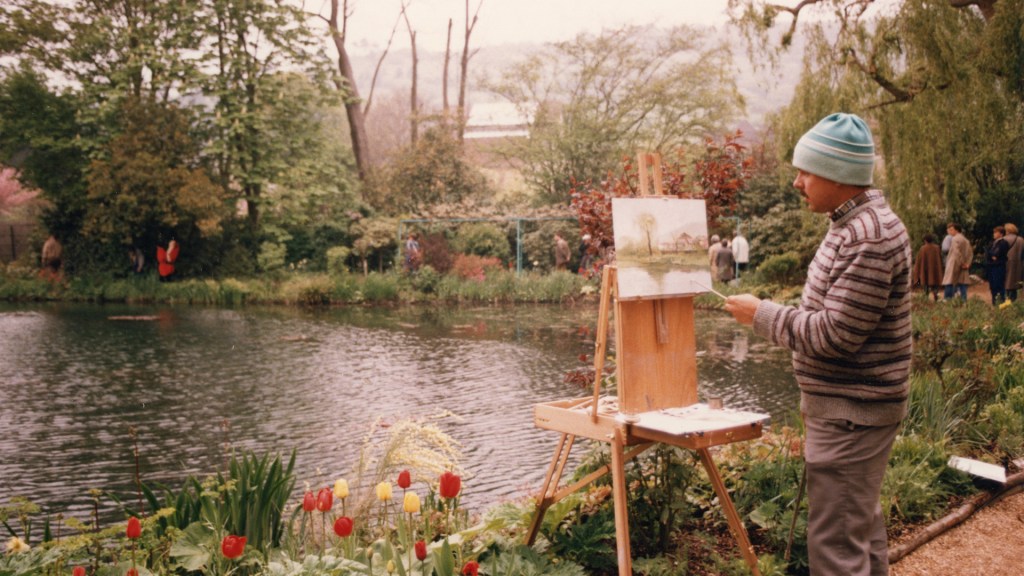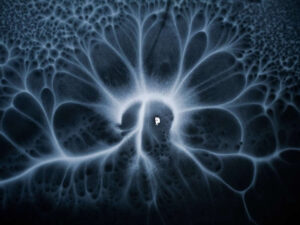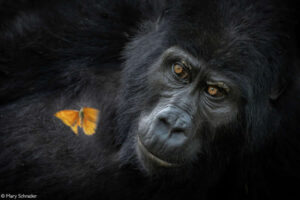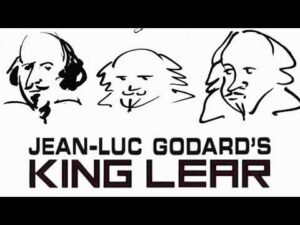The Darkness of Thomas Kinkade, Painter of Light


The paintings of Thomas Kinkade — all those anodyne, nostalgic magic-hour landscapes and cute cottages — felt inescapable in the 1990s and 2000s. He built a public company around his brand, becoming the first artist with their own stock ticker. Despite his name being nearly synonymous with wholesomeness, Kinkade privately struggled with alcoholism and ultimately died in 2012 from mixing alcohol and Valium. It seemed like an appropriately ironic end to many observers antipathetic to his work, and there’s no shortage of them. But the recently released documentary Art for Everybody aims to reveal a more complex Kinkade than the one we know.
Kinkade is related to the viewer via recollections from his wife, children, friends, and business partners, who also try to defend the validity of his work. Dissenting voices come more from outsiders, the experts whom Kinkade often derided. The writer Susan Orlean, who wrote an influential profile of Kinkade for The New Yorker in 2001, appears as a talking head, for instance. It’s these voices who point out details like how off-putting it is that all the lights always seem to be on in Kinkade’s houses, judging from their windows’ glow. (This is the kind of light switch that forever taints how you view his work; once you notice this, you can never stop.)

There’s not really anything new in this back-and-forth. For anyone versed in the art world, it’s a familiar conflict between subjective experience, technical skill, and artistic intent. One of the more surprising parts of the film, however, is that the ranks of defenders include animator Ralph Bakshi, for whom Kinkade briefly worked as a background artist in the 1980s. The idea of such a family-friendly paragon collaborating with the ’70s counterculture icon who directed Fritz the Cat (1972) and a film with a literal slur for a title is incongruous, to say the least. I would have loved to hear Bakshi expound more on the value he finds in Kinkade’s art.
Another defender is, unsurprisingly, one of Kinkade’s business partners, who asserts that he achieved such massive commercial success because his work was more accessible than that in the “legitimate” art world, citing Andy Warhol as an example. Of all the anti-elite comparisons to make, this one’s a headscratcher, because I’m pretty sure Warhol would have loved Kinkade, or at least would have admired his hustle (the film also makes this point). Kinkade might never have read “The Work of Art in the Age of Mechanical Reproduction” (1935), but he sure embraced art as a mode of mechanical reproduction, raking in billions by constructing a licensing enterprise. You can get Kinkade prints, calendars, mugs, shirts, teddy bears, throw pillows — even a recliner covered in cottage pictures, as Kinkade’s friend, the artist Jeffrey Vallance, shows off toward the end of the film. It’s a product that may have given Warhol an aneurysm. (Out of overwhelming disgust or appreciation? Perhaps both.)
Indeed, one of Art for Everybody’s most intriguing strands is the way that brand seemed to eclipse Kinkade as a human, according to his own family. In a very Warholian twist, he was subsumed by the persona he adopted, which had already been subsumed by his business interests. After his death, Kinkade’s family discovered a series of messier, darker, stranger, more personal artwork that he had produced over the years but never shown to anyone. There are self-portraits tinged with or even soaked in loathing, landscapes much more sinister than anything one could put on a calendar. It seems to speak to a man crying out to be truly seen, but sadly occluded by all that light.





Art For Everybody (2023), directed by Miranda Yousef, is screening at various venues around the United States.





